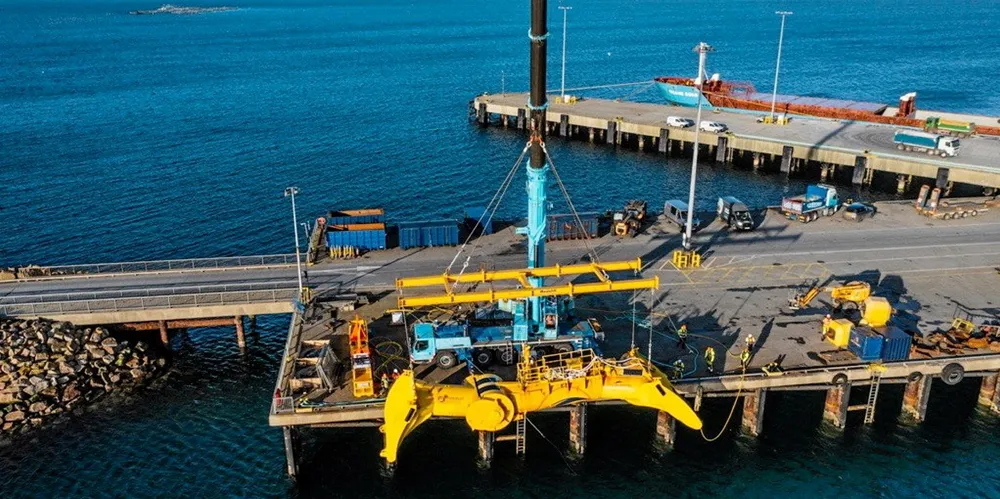Baker Hughes-backed wave powered offshore oil & gas pilot into water off Scotland
Battery-fitted Mocean Blue X demonstrator starts four-month programme in harsh-environment flows off Orkney running subsea electrical infrastructure

Battery-fitted Mocean Blue X demonstrator starts four-month programme in harsh-environment flows off Orkney running subsea electrical infrastructure
